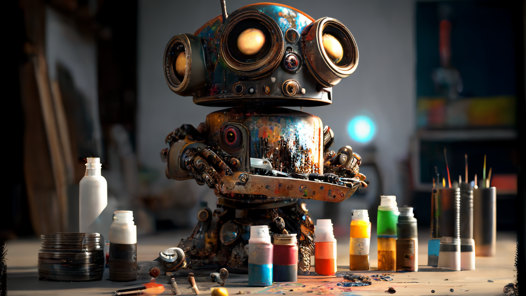Thought leadership

Beyond business as usual: the power of creativity in B2B
B2B businesses should focus on brand-building and leverage creativity to accelerate progress. Starting now is crucial; those who delay will fall behind their competition.
5 min read

Challenge The Challenger
This report examines the rise of challenger brands and their threat to established brands, concluding that established brands must change their behaviour to stay competitive.
2 min read

From Surviving to Thriving: How brands can grow in the face of uncertainty
How insight-driven scenario planning can help navigate brands through an uncertain future and develop and use the power of their brand with one goal in mind – business growth.
3 min read

Why Today’s Car Brands Are Losing Their Shine
We explore why car brands are becoming indistinguishable from one another and what these brands can do to stand out from the crowd and drive a deeper emotional connection with customers.
3 min read

Putting wearable tech at the heart of healthcare strategies
We believe tech innovation must be at the heart of healthcare delivery. Organisations will be inspired by the way private-sector firms have used technology to pivot to meet changing consumer demands.
3 min read

Why we must spell out the creative difference dyslexics can make
Can you keep a secret? Dyslexia isn’t something to be hidden away. It’s not a taboo. In fact, it could make all the difference at your agency.
4 min read

Online marketplaces
As the marketplace model shifts from a one-stop shop for all, mainstream retailers can now create niche marketplaces with localised and specialised products for targeted consumers.
3 min read

Turning wrenches to turning heads: How B2B manufacturers can adapt B2C strategies
B2B marketing has often been overshadowed by B2C due to its less glamorous nature. However, the tide is turning, offering B2B marketers a chance to draw inspiration from their B2C counterparts.
3 min read

Is AI art actually art, or counterfeit craft?
The boom in AI-powered tech is fueling conversation across the internet, ranging from the curious, inspired and excited to those looking for a safe house to protect them from our very own Skynet.
4 min read

Consumers, not brands are changing the internet
Scratch the surface and you’ll find consumers are far more powerful than they appear.
4 min read